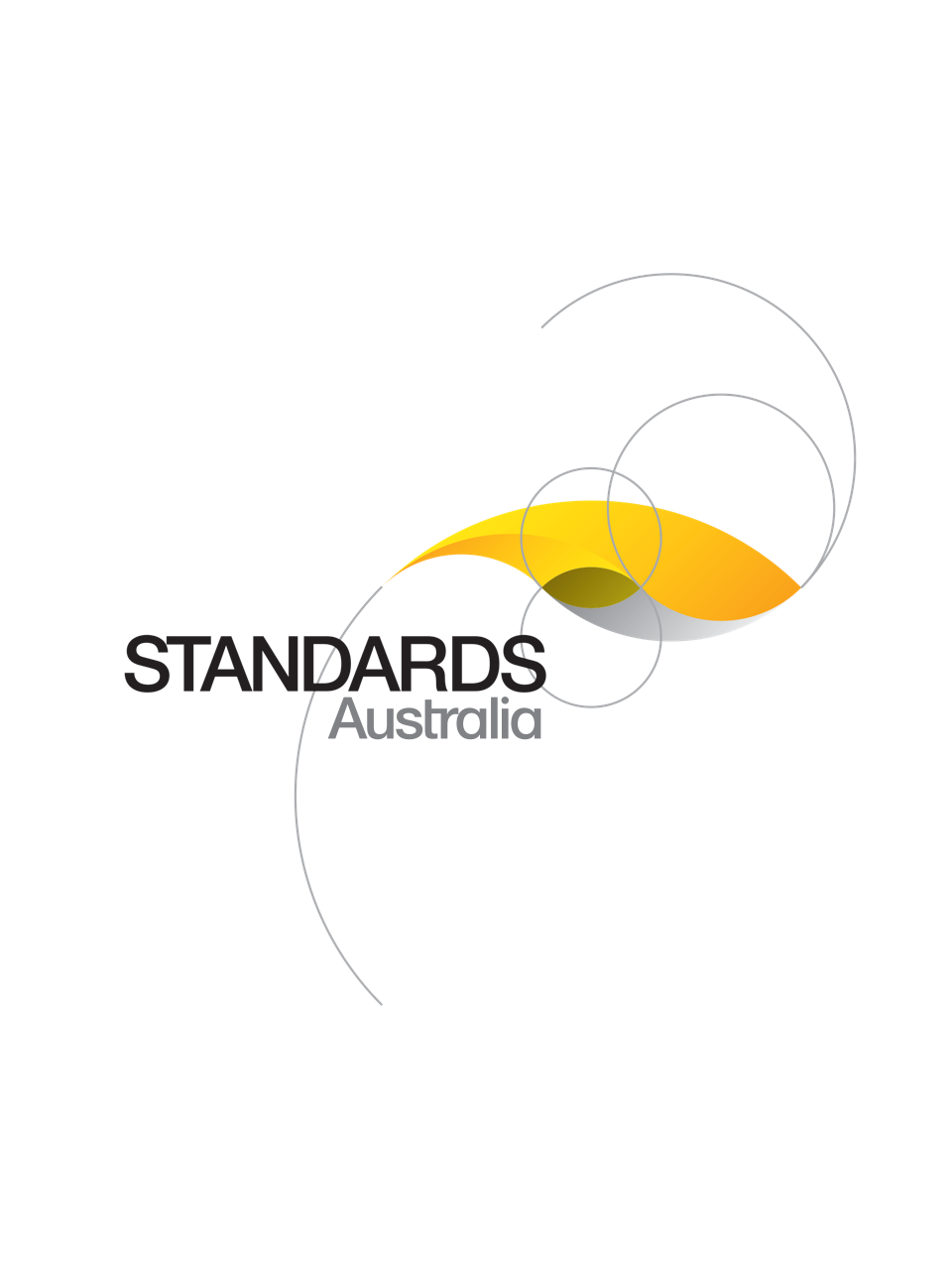Standard
UPDATE AVAILABLE
AS 1788.1-1987
[Superseded]Specifies requirements for the design and construction of abrasive wheels and the manufacture and installation of abrasive wheels and ancillary equipment. Particular requirements are given for the construction of guards for all equipment fitted with abrasive wheels and for the construction of flanges for use with abrasive wheels. Includes sections covering standard (normal) maximum operating speeds for all types of wheels. The Standard is extensively illustrated.
Published: 02/02/1987
Pages: 46
Table of contents
Cited references
Content history
Table of contents
Header
About this publication
PREFACE
1 SCOPE AND GENERAL
1.1 SCOPE
1.2 APPLICATION
1.3 RELATIONSHIP WITH REGULATIONS
1.4 NEW DESIGN AND INNOVATIONS
1.5 INTERPRETATIONS
1.6 REFERENCED DOCUMENTS
1.7 DEFINITIONS
2 WHEEL SHAPES AND SPEEDS
2.1 WHEEL SHAPES
2.1.1 Straight wheel, Type 1 (See Fig. 2.1)
2.1.2 Cylinder wheel, Type 2 (See Fig. 2.2)
2.1.3 Abrasive discs (See Fig. 2.3)
2.1.4 Taper-sided wheel, Type 4 (See Fig. 2.4)
2.1.5 Recessed-one-side wheel, Type 5 (See Fig. 2.5)
2.1.6 Straight cup wheel, Type 6 (See Fig. 2.6)
2.1.7 Double recessed wheel, Type 7 (See Fig. 2.7)
2.1.8 Flaring cup wheel, Type 11 (See Fig. 2.8)
2.1.9 Dish wheel, Type 12 (See Fig. 2.9)
2.1.10 Saucer wheel, Type 13 (See Fig. 2.10)
2.1.11 Cone and plug wheels, Types 16, 17, 18, 18R and 19
2.1.11.1 General
2.1.11.2 Cone wheel, Type 16 (See Fig. 2.11)
2.1.11.3 Cone wheel, Type 17 (See Fig. 2.12)
2.1.11.4 Plug wheel, Type 18 (See Fig. 2.13)
2.1.11.5 Plug wheel, Type 18R (See Fig. 2.14)
2.1.11.6 Plug wheel, Type 19 (See Fig. 2.15)
2.1.12 Relieved and or recessed wheels, Types 20, 21, 22, 23, 24, 25 and 26
2.1.12.1 General
2.1.12.2 Peripheral grinding wheel, Type 20 (See Fig. 2.16)
2.1.12.3 Peripheral grinding wheel, Type 21 (See Fig. 2.17)
2.1.12.4 Peripheral grinding wheel, Type 22 (See Fig. 2.18)
2.1.12.5 Peripheral grinding wheel, Type 23 (See Fig. 2.19)
2.1.12.6 Peripheral grinding wheel, Type 24 (See Fig. 2.20)
2.1.12.7 Peripheral grinding wheel, Type 25 (See Fig. 2.21)
2.1.12.8 Peripheral grinding wheel, Type 26 (See Fig. 2.22)
2.1.13 Depressed centre wheels, Types 27 and 28 (See Fig. 2.23)
2.1.14 Cutting off wheels
2.1.15 Coping wheels
2.1.16 Tuck pointing wheels
2.1.17 Notching wheels
2.1.18 Mounted wheels
2.1.19 Threaded hole wheels (See Fig. 2.25 and Fig. 2.26)
2.2 GENERAL OPERATING SPEEDS
2.2.1 Standard speeds
2.2.2 Test speeds
2.3 SPECIAL OPERATING SPEEDS
2.3.1 Requirements for special speeds
2.3.2 Conditions governing special speeds
2.3.2.1 Condition A
2.3.2.2 Condition B
2.3.2.3 Condition C
2.3.3 Machine builder’s responsibility
2.3.4 Wheel manufacturer’s responsibility
3 MATERIALS
3.1 GUARDS
3.2 FLANGES
3.3 SPINDLES
3.4 WORK RESTS
3.5 TOXICITY OF ABRASIVE WHEELS
4 DESIGN AND CONSTRUCTION
4.1 DESIGN
4.1.1 Machine design
4.1.2 Spindle
4.1.2.1 Diameter of spindle
4.1.2.2 Size of spindle or mount
4.1.2.3 Length of machine spindle thread
4.1.2.4 Direction of machine spindle thread
4.1.2.5 Fit of machine spindle thread
4.1.2.6 Tapered threaded spindles
4.1.3 Flanges
4.1.4 Power
4.1.5 Guards
4.1.6 Exhaust provision
4.1.7 Reducing bushing
4.2 CONSTRUCTION
4.2.1 Work rests
4.2.2 Limiting wheel diameter
4.2.3 Threaded hole wheels
4.2.4 Mounting of abrasive discs (inserted nut and inserted washer types)
4.2.5 Mounting of plate mounted type wheels
5 SPECIFIC REQUIREMENTS FOR CONSTRUCTION OF GUARDS
5.1 GENERAL REQUIREMENT
5.2 CUP WHEELS
5.3 GUARD EXPOSURE ANGLES
5.3.1 General
5.3.2 Bench and floor stands
5.3.3 Cylindrical grinders
5.3.4 Surface grinders and cutting off machines
5.3.5 Swing frame grinders
5.3.6 Semi-automatic snagging machines
5.3.7 Top grinding
5.3.8 Portable grinders
5.3.8.1 Right angle head or vertical portable grinders
5.3.8.2 Other portable grinders
5.4 EXPOSURE ADJUSTMENT
5.5 ENCLOSURE REQUIREMENTS
5.5.1 Guard
5.5.2 Additional enclosure
5.6 MATERIALS AND DIMENSIONS
5.6.1 General
5.6.2 Cutting off wheels larger than 400 mm diameter
5.7 MATERIAL SPECIFICATIONS
5.8 GUARDS FOR FIXED GRINDING MACHINES
5.8.1 Drawn steel guards
5.8.2 Band type guards
5.8.2.1 General
5.8.2.2 Construction
5.9 GUARDS FOR PORTABLE GRINDING MACHINES
5.9.1 General
5.9.2 Drawn steel guards
5.9.3 Revolving cups
6 SPECIFIC REQUIREMENTS FOR CONSTRUCTION OF FLANGES
6.1 GENERAL REQUIREMENTS
6.2 FINISH AND BALANCE
6.3 UNIFORMITY OF DIAMETER
6.4 RECESS AND UNDERCUT
6.5 CONTACT
6.6 FITTING OF DRIVING FLANGE
6.7 DIMENSIONS
6.7.1 Straight flanges, relieved and unrelieved
6.7.2 Straight adaptor flanges for heavy duty grinding
6.7.3 Sleeve flanges
6.8 TYPE 27 AND TYPE 28 WHEELS
6.8.1 Wheels less than 180 mm diameter
6.8.2 Wheels equal to or greater than 180 mm diameter
7 MOUNTED WHEELS
7.1 MAXIMUM SAFE OPERATING SPEEDS
7.2 SPECIAL MAXIMUM OPERATING SPEED
8 HANDLING AND STORAGE
8.1 HANDLING
8.2 STORAGE
9 MARKING OF ABRASIVE WHEELS
9.1 MARKING
9.1.1 General
9.1.2 General marking
9.1.3 Additional marking
9.1.3.1 Organic and magnesium oxychloride abrasive wheels
9.1.3.2 Type 1 abrasive cutting off wheels
9.2 METHOD OF MARKING
APPENDIX A
Cited references in this standard
